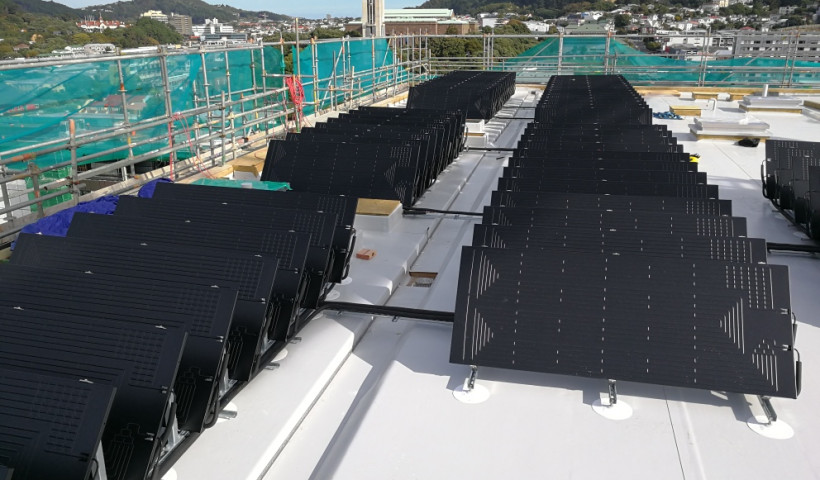
When building a new home, there is one chance to insulate well. To obtain an energy-efficient home that is both comfortable and healthy to live in, money is best spent on insulation before anything else. EECA recommends that the priority for insulating a home should be ceiling and underfloor, followed by walls.
This was certainly the case for Chris and Trudi of Christchurch when they decided to build their new three-bedroom two-storey home last year. With a young baby, having a warm and comfortable home was paramount.
To insulate their ceiling upstairs, Chris and Trudi chose the 90mm Eurothane GP PIR product, made by UK-based company Recticel and sold in New Zealand by The Alternative Energy Company, based in Nelson. With an R-value of 4.05, Chris and Trudi were able to obtain a higher level of insulation in a thinner product than they would have done had they chosen wool or batts insulation. Minimum requirements to meet the New Zealand Building Code in Christchurch (Zone 3) are R3.3 in the roof.
Chris says they chose Eurothane GP PIR because it’s a far superior product and was the best choice for the space, given their skillion roof and exposed rafters. Eurothane GP PIR allowed them to get the maximum R-value in the space allowed. It was also price-competitive, compared to other similar products in the NZ market. However, being a rigid board they found they had to work with the product as it’s not able to be stuffed into the space available.
Eurothane GP is a closely packed closed-cell foam, made of polyisocyanurate (PIR), with aluminium foil facing on both sides. PIR is available in boards that cover 2.88m², measuring 1200 x 2400mm. Ranging from 25mm (R-value of 1.10) through to 120mm (R-value of 5.45), the panels can be used to either wrap the exterior of the house or placed in between the studs. Unlike polystyrene, PIR is safe to use with electrical cabling.
PIR makes sense from an environmental point of view as well. Over the life of a building, PIR will save far more energy in their use than required in their production, resulting in significant reductions in energy consumption and cost, as well as reduced CO2 emissions. The boards are manufactured with CFC-free and HCFC-free materials and have a global warming potential (GWP) of less than 5, and ozone depletion potential (ODP) of 0.













 Case Studies
Case Studies








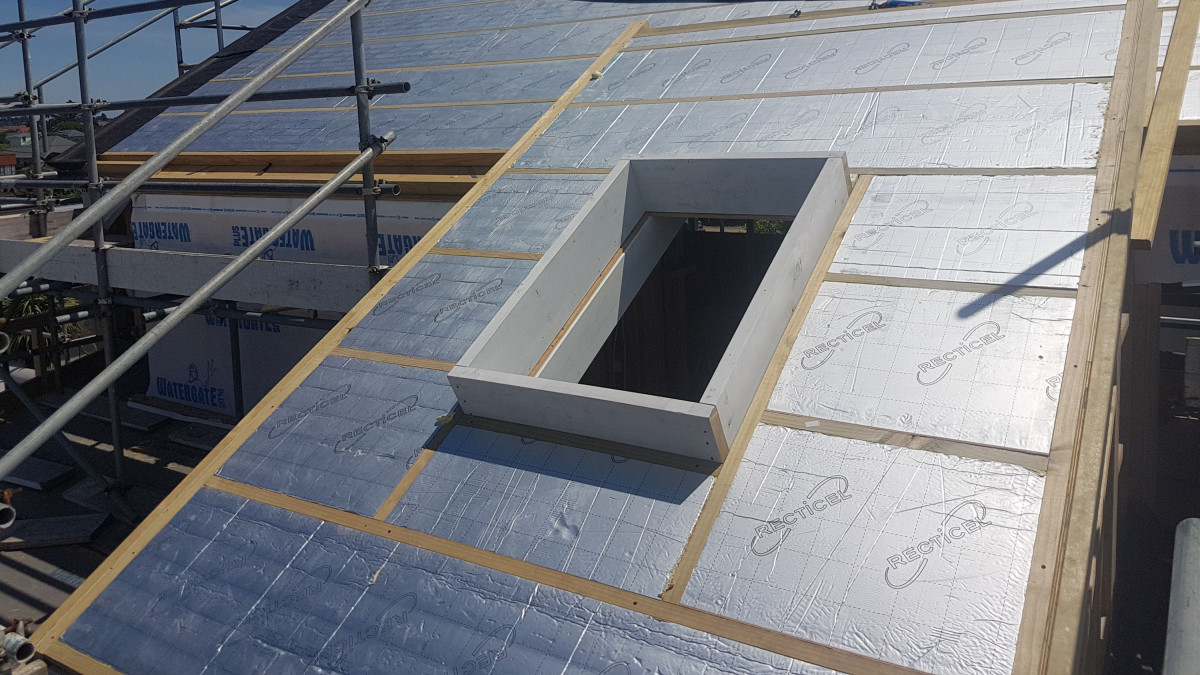



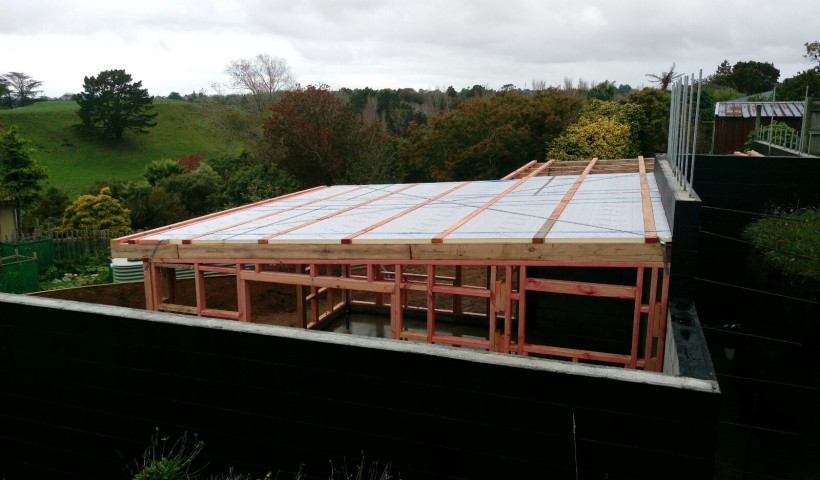
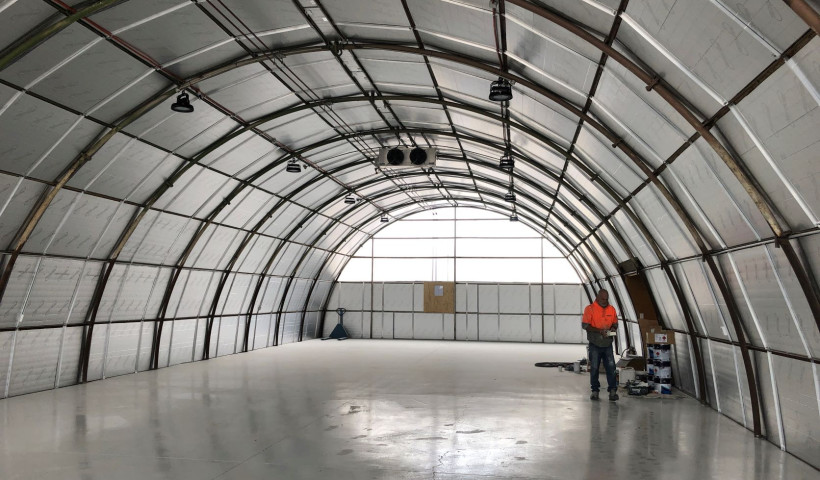
 Popular Products from The Alternative Energy Company
Popular Products from The Alternative Energy Company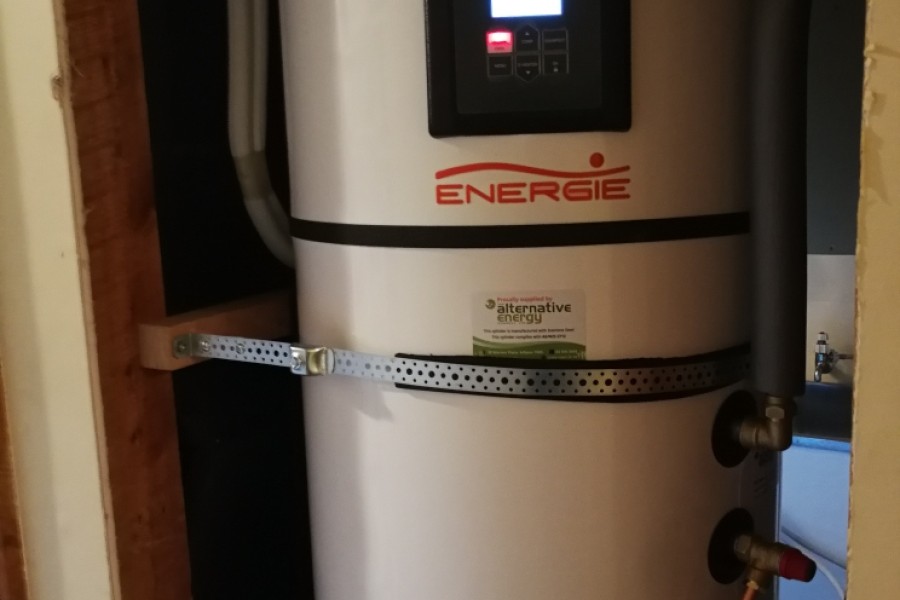
 Most Popular
Most Popular


 Popular Blog Posts
Popular Blog Posts